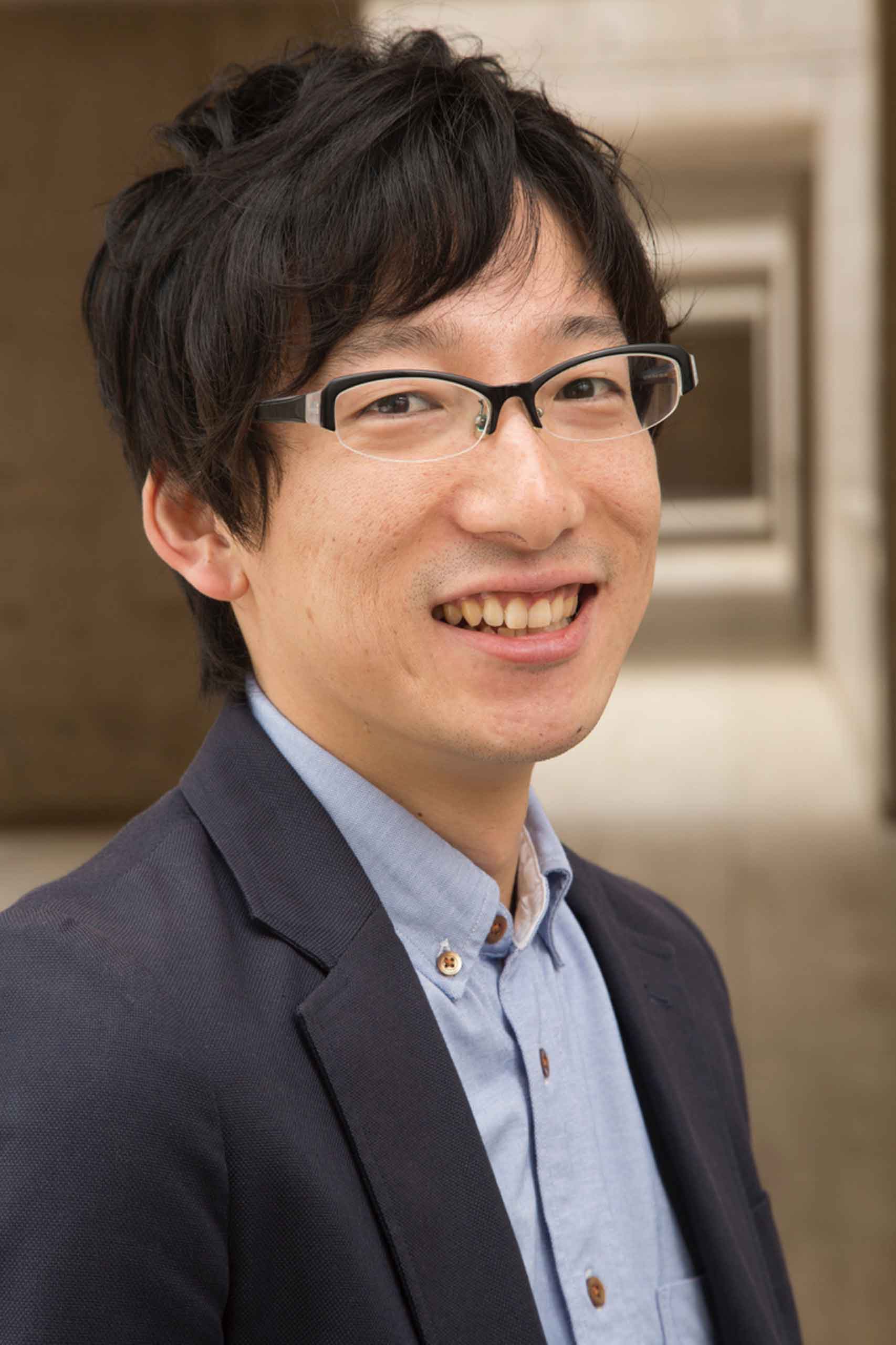Disclaimer: machine translated by DeepL which may contain errors.
Naming Genes --Names Bring Science to Life
Kenichi Ishii, Assistant Professor, Department of Biological Sciences

Since ancient times, people have given names to many things. We call things related to our daily lives, such as food and landforms, and we put our thoughts into naming our children and pets. As a researcher in the life science field, I was suddenly exposed to the fascination of gene naming.
To put it simply, genes are "blueprints for making the body parts of living things. The bodies of all living things, including animals, plants, bacteria, and archaea, are assembled from small molecular parts. The body parts and behaviors of living creatures have evolved as a result of the breakage or increase in the number of each gene. Some organisms are able to use a limited number of genes dexterously, while others have adapted to their environment by combining a large number of genes.
In order to distinguish among the many different types of genes, researchers have given names to each of them. Each species has its own naming conventions and practices. Some names are practical combinations of numbers and letters, while others are humorous and make us giggle.
Take, for example, the gene musashi, which is involved in cell division and proliferation. In Drosophila, when this gene is broken, the normally single hair is split into two at the root, and the name was given in reference to Musashi Miyamoto, a master swordsman with a dual sword (the person who gave the name* was Makoto Nakamura, a postdoctoral fellow* at Johns Hopkins University in the United States (now an associate professor at Matsuyama University). Associate Professor at Matsuyama University). The gene kakusei, which is activated when the honeybee's nervous system is excited, was discovered and named by students in the Department of Biological Sciences at TMDU ( at the time of its naming* : Mr. Tsuyoshi Kiya (currently Associate Professor at Kanazawa University), Assistant Professor Takekazu Kunieda* (currently Associate Professor) and Professor Takeo Kubo). The properties of genes are often complex, and only a small part of them can be expressed by name. The choice of which aspect to describe and in what terms shows the individuality of each researcher.

(Left) Musashi gene named after Musashi Miyamoto, a two-fisted swordsman (Right) "Gene Naming Story," a book co-authored with his wife on the subject of gene discovery and naming By Rimi Tsuboko and Kenichi Ishii ISBN 978-4-12-150742-6 Chuokoron Shinsha (2021) |
My interest in gene naming began during my five-and-a-half years as a postdoctoral fellow in the United States, when I started using Drosophila melanogaster, which has a history of more than 100 years, as a tool for genetic research. After three years of research and writing, we have come to realize that the research and the paths taken by researchers are as varied and unique as the names of their genes. One researcher, who was studying in the U.S. when his laboratory was suddenly disbanded, was present at the workplace where he desperately found his way to the naming of a gene, named "mahjong," which was discovered through joint research between Chinese and Japanese. The genes OGI (male tree) and MeGI (female tree), which determine the sex of the bean persimmon (Mamegaki), were named in a presentation competition between three collaborators from Italy, Belgium, and Japan. In the daily struggle to make new discoveries, unexpected and unique names are sometimes born from conflicts and encounters between researchers.
In the world of science, naming plays a major role in communicating new discoveries to the world. Unknown elements, unknown celestial bodies, unknown laws. In the Faculty of Science and Graduate School of Science of TUFS, there are probably many "naming stories," not limited to genes. As a researcher and faculty member, I would like to continue to support the work of science in discovering the unknown and communicating these discoveries to the world.
Faculty of Science News welcomes essay submissions. We welcome all submissions, regardless of whether they are self-recommended or not. We especially welcome submissions from Faculty and graduate students. However, the Communications & Public Relations Committee will decide whether or not to publish your essay.
Please send your contributions to rigaku-news@adm.s.u-tokyo.ac.jp.
Published in the May 2022 issue of Faculty of Science News


